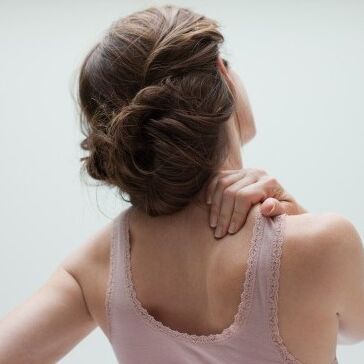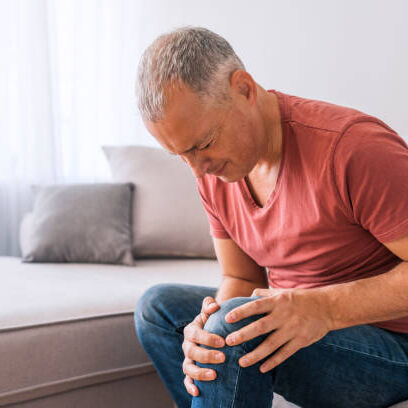Joint Techniques
These techniques focus on restoring normal movement and function in the joints of the spine and limbs.
Mobilisation
Gentle joint movements, stretches, or soft tissue massage. We prefer more specific terms such as articulation or manipulation when working with joints, and soft tissue techniques when treating muscles and connective tissue.
Manipulation with Thrust (HVLA)
Also known as High Velocity, Low Amplitude (HVLA) or “Adjustment” in chiropractic language. This involves a quick, precise movement over a small distance in a joint that has been prepared with gentle tension. It may produce a small “pop” or “click” and is often used to improve restricted areas of the spine, though it can also be applied to limb joints.
Muscle Energy Technique (MET)
A cooperative method where you gently push or resist against your osteopath’s guidance. This helps restore normal joint movement, reduce tightness, improve balance, ease pain, and increase flexibility. Muscle Energy Technique is a gentle, hands-on approach where your osteopath asks you to gently push or resist against a guiding force. By using your own muscles in this way, MET can help restore normal joint movement, reduce muscle tightness, improve balance in the body, ease pain, and temporarily increase flexibility.
Functional Release
Guides a joint or area into a position where it feels most at ease, allowing the nervous system to relax and release tension. Often used to improve mobility and reduce stiffness in both joints and surrounding soft tissues.
Muscle & Tissue Techniques
These techniques address the muscles, fascia, and connective tissue to ease pain, improve circulation, and support movement.
Soft Tissue
Hands-on techniques applied to muscles, fascia, and tendons. This may involve gentle or firm pressure, strokes along or across the fibres, or rhythmic stretching. It supports circulation, reduces swelling, relaxes muscles, and helps restore freer movement.
Dry Needling
The use of fine, solid needles inserted into specific muscles to release tension and ease pain. Unlike acupuncture, dry needling is based on anatomy and targets muscular trigger points rather than energy meridians.
👉 Book with Haylee at Sana Osteopathy if you’d like to include dry needling in your treatment.
Strain–Counterstrain
A very gentle method where the body is positioned into a place of comfort, allowing tight or painful muscles to relax. By shortening the fibres, the nervous system signals the tissue to release, easing pain and restrictions.
Specialised Approaches
These techniques look beyond joints and muscles to address deeper systems of the body.
Visceral Manipulation
Works with the body’s internal organs and their supporting tissues. Surgery, posture, or injury can create tension in these areas, which may also affect other parts of the body through the fascial network. This gentle approach may help with musculoskeletal pain, headaches, and digestive or urogenital issues.
👉 Book with Nadia at Sana Osteopathy if you’d like to include visceral manipulation in your treatment.
Osteopathy in the Cranial Field
A gentle approach that works with the body’s natural craniosacral rhythm — subtle movements created by tissues, fluids, and the nervous system. Despite its name, it can benefit the whole body, and many people find it calming and restorative.
ℹ️ Our practitioners are trained in craniosacral techniques, but we currently do not offer full sessions dedicated solely to this approach. We can guide you to other trusted Perth practitioners for this.


